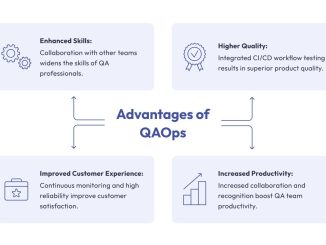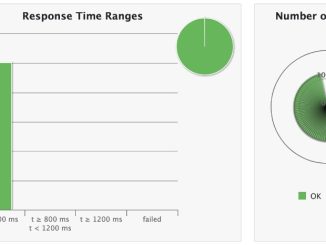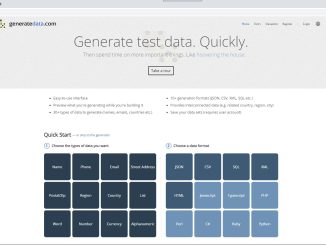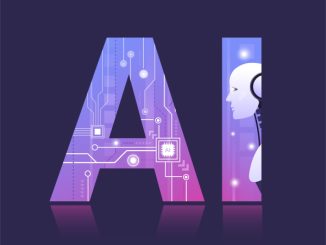Tutorials and resources on how to apply test automation in software testing
Many companies adhere to an old approach of keeping the software testing team separate from the development process. They involve the testing team only when the code is accessible in the testing environment. It leads to significant bottlenecks that can negatively impact the project’s quality and delay the release.
How many of us have spent those hours just to analyze test failure Automation run reports to first determine whether it was an actual bug or environment specific issue or a test automation issue. We agree that no matter how much robust we make our UI Automation frameworks, we always encounter Automation/Environment specific failures, which increase the time spent on analyzing those failures and spotting actual issues/defects.
In today’s fast-paced and competitive business environment, software testing has become a critical aspect of software development. With the increasing complexity of software systems, traditional testing methods are often insufficient to ensure the quality and reliability of the software.
Gatling is an open source load testing tool. It officially supports HTTP, WebSocket, Server-Sent-Events and JMS. Gatling is developed in Scala and built upon Netty for non-blocking HTTP. It works with Akka for virtual users’ orchestration.
Are your cybersecurity protocols scaling in tandem with your software test automation frameworks? In an era dominated by accelerated development cycles, conventional endpoint protection often falls short in addressing contemporary threats.
Most of your software testing activities will require to use data. Sometimes it could be just a small amount, however if you must test a feature to deliver an order confirmation on more than one page, then you need something other than a few items.
Software development has come a long way since its inception – from punch cards and assembly code to modern frameworks and agile methods. However, as technology advances, so do the complexities that developers face. Any small glitch or vulnerability can now have devastating consequences. That’s why software quality assurance (QA) is more important than ever.








